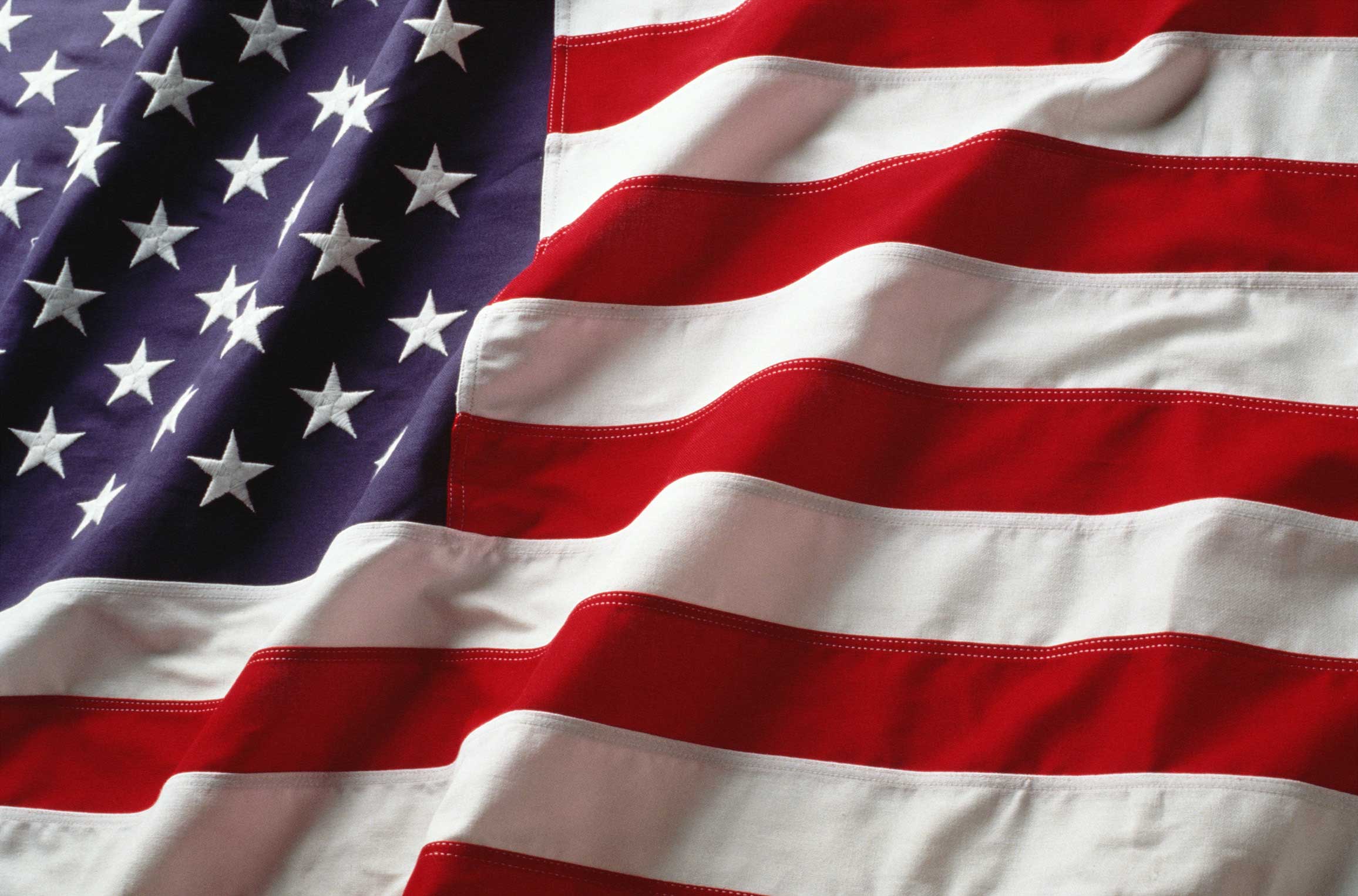Timeline - Road to Nationhood
Below is a general overview of the events leading up to the American Revolution and the events that subsequently established the United States of America. To download a more detailed version of the timeline, click here.
- 1764 - 1767
- The British Parliament passed a series of Acts against the Colonists, such as the Sugar Act, Stamp Act and Townshend Acts, which taxed Colonists to pay for British expenses.
- 1773
- The Colonists held the Boston Tea Party, in which they rebelled against the British tax on tea by boarding ships carrying the taxed tea and dumping cases of tea overboard into Boston Harbor in Massachusetts.
- 1774
- In response to the Boston Tea Party, Parliament passed the Intolerable Acts to punish Massachusetts, and Boston Harbor was closed to commerce. The First Continental Congress met at Carpenters' Hall in September 1774 to draw up a Declaration of Rights and Grievances and an appeal to King George III. This was in response to the Colonies' outrage towards the British Parliament over punishing Massachusetts for the Boston Tea Party. It was at Carpenters' Hall during the First Continental Congress that Patrick Henry stated, "The distinctions between Virginians, Pennsylvanians, New Yorkers, New Englanders are no more. I am not a Virginian but an American."
- 1775
- The Revolutionary War began with the Battle of Lexington and Concord in Massachusetts in April. In May, the Second Continental Congress began meeting in Philadelphia and later appointed George Washington as Commander in Chief of the Continental Army. The Second Continental Congress continued to meet until 1781 and during its tenure, the Second Continental Congress signed the Declaration of Independence and adopted the Articles of Confederation, the first governing document (see below under 1777).
- 1776
- In January, Thomas Paine published Common Sense in Philadelphia. This pamphlet fostered support against the British. In June, Thomas Jefferson wrote the Declaration of Independence at the Jacob Graff House (also known today as the Declaration House) in Philadelphia. The Second Continental Congress adopted the Declaration of Independence at Independence Hall in Philadelphia on July 4, 1776, America's birthday.
- 1777
- The British soldiers occupied Philadelphia from September 1777 to June of 1778. During their occupation, the British pillaged the City, and many American prisoners of war died and were buried in Washington Square, one block from Independence Hall. After almost a year of debate, the Second Continental Congress approved the Articles of Confederation, establishing the first form of American government.
- 1778
- Benjamin Franklin formed an alliance between the United States and France, against Great Britain; France and Great Britain would then go to war against one another.
- 1781
- In March, the Articles of Confederation went into effect after ratification by the states.
- 1783
- The United States and Great Britain signed the Treaty of Paris to officially end the American Revolutionary War. Great Britain recognized the independence of the United States and withdrew its troops.
- 1786
- Shay's Rebellion occurred in Massachusetts. Due to the lack of a Federal response to this armed uprising, there were newly energized calls to reevaluate the Articles of Confederation. Further, this rebellion gave strong impetus to the Constitutional Convention, which began in May 1787.
- 1787
- The Constitutional Convention met at Independence Hall in Philadelphia during the hot summer of 1787 to draft, debate and then sign The United States Constitution on September 17th, 1787.
- 1788
- The United States Constitution went into effect, establishing the three branches of government (Executive, Judicial and Legislative) that still oversee our country today.
- 1789
- The first Congress under the new (and current) Constitution met in New York City. George Washington was sworn in as the first President of the United States.
- 1790
- On April 17, Benjamin Franklin died at the age of 84. Philadelphia became the nation's temporary Capital while the permanent site in Washington, D.C. was developed near the Potomac River.
- 1791
- Ten Amendments, also known as the Bill of Rights, were added to the new Constitution of the United States. The First Bank of the United States was chartered by Congress and President Washington in Philadelphia, under the direction of the First Secretary of the Treasury, Alexander Hamilton.
- 1793
- George Washington was inaugurated into his second term as President of the United States.
- 1797
- John Adams was inaugurated into his first and only term as the second President of the United States at Congress Hall in Philadelphia.
- 1800
- The United States Government relocated from Philadelphia to its new home in Washington, D.C., which is bordered by the states of Maryland and Virginia.
To buy tickets, call 215.525.1776 or
Note: Standard outdoor walking journey provides a broad overview of Independence Park and does not include admission into sites. All sales for the guided walking tour are final and admission fee is non-refundable. No shows will be charged in full. Tours are all weather events and operate rain or shine. Lost tickets cannot be replaced or refunded. Latecomers may be able to join the tour in progress, but it is not assured, and absolutely no refunds or make goods will be given..
 top
top


